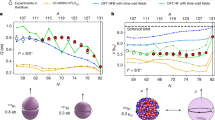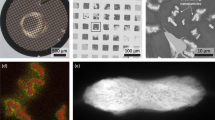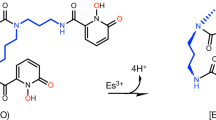Abstract
THE very important letter of Dr. Aston in NATURE of December 18, 1919, gives much evidence in favour of a theory of the structure and composition of the nuclei of complex atoms as published by me five years ago and in a number of more recent papers. This theory led me to the idea, as published at that time (Journal of the American Chemical Society, xxxvii., pp. 1367–96, especially pp. 1390, 1391, and 1387), that among the light elements magnesium, silicon, and chlorine, in addition to neon (as found by Thomson), are mixtures of isotopes. The atomic weights of the normal isotopes were given as 24 for magnesium, 28 for silicon, and 35 for chlorine. It was also stated that nickel, copper, zinc, and practically all the other elements between atomic numbers 28 and 80, the latter being mercury, are mixtures of isotopes; while radio-active evidence shows that elements 81 (thallium) to 92 (uranium) exist in isotopic forms. This theory was recently summarised in a paper sent to the Physical Review in May and November, 1919. This paper, as well as the others, should be consulted for the details of the theory.
This is a preview of subscription content, access via your institution
Access options
Subscribe to this journal
Receive 51 print issues and online access
$199.00 per year
only $3.90 per issue
Buy this article
- Purchase on SpringerLink
- Instant access to full article PDF
Prices may be subject to local taxes which are calculated during checkout
Similar content being viewed by others
References
The negative electrons in these particles may be called binding electrons, while tose which attach extra a particles are called cementing electrons.
Author information
Authors and Affiliations
Rights and permissions
About this article
Cite this article
HARKINS, W. The Separation of the Element Chlorine into Normal Chlorine and Meta-Chlorine, and the Positive Electron. Nature 105, 230–231 (1920). https://doi.org/10.1038/105230a0
Issue date:
DOI: https://doi.org/10.1038/105230a0
This article is cited by
-
Isotopic enrichment
Nature Chemistry (2019)
-
Sulla Isotopia Degli Elementi
Il Nuovo Cimento (1921)



